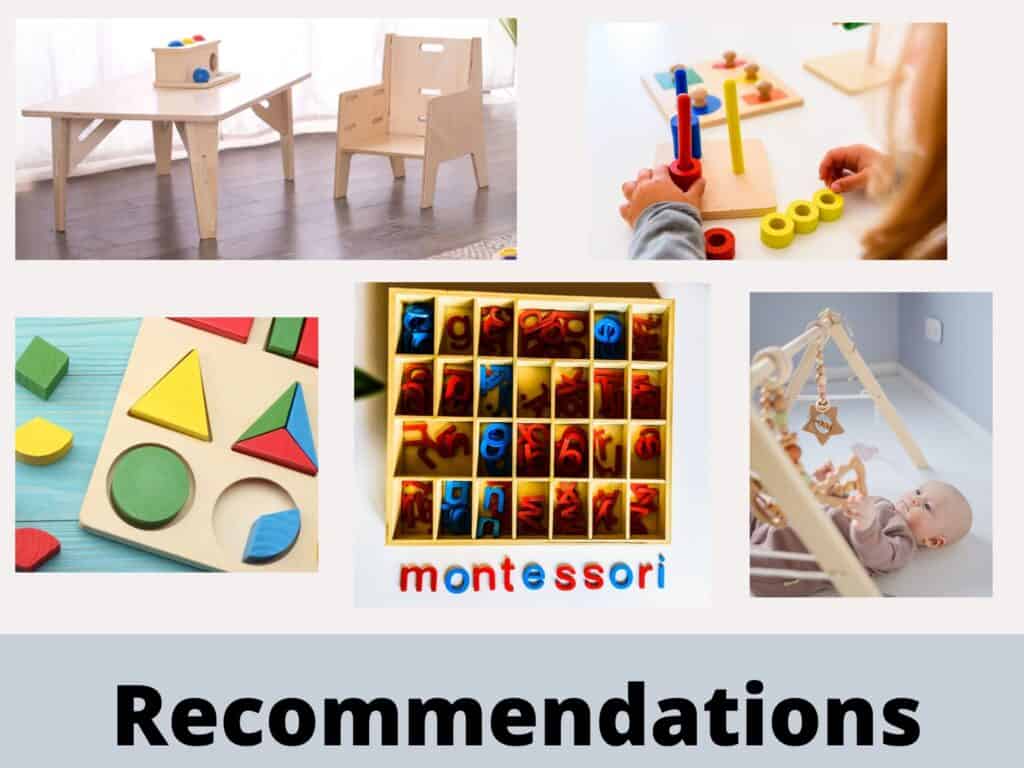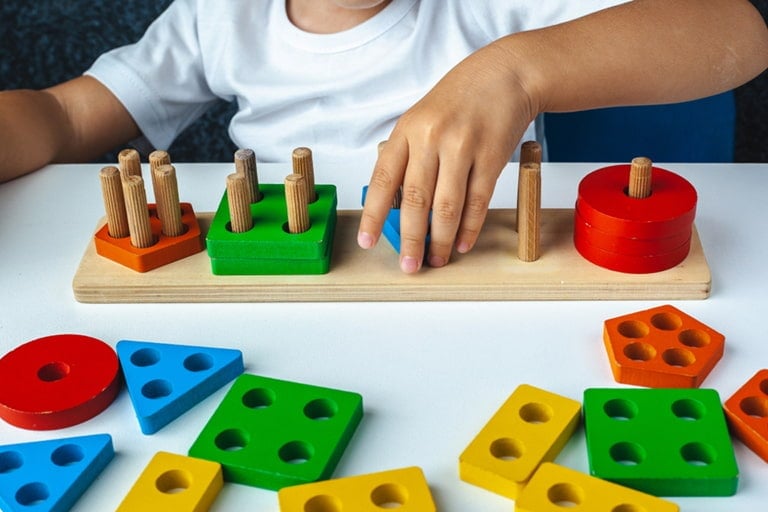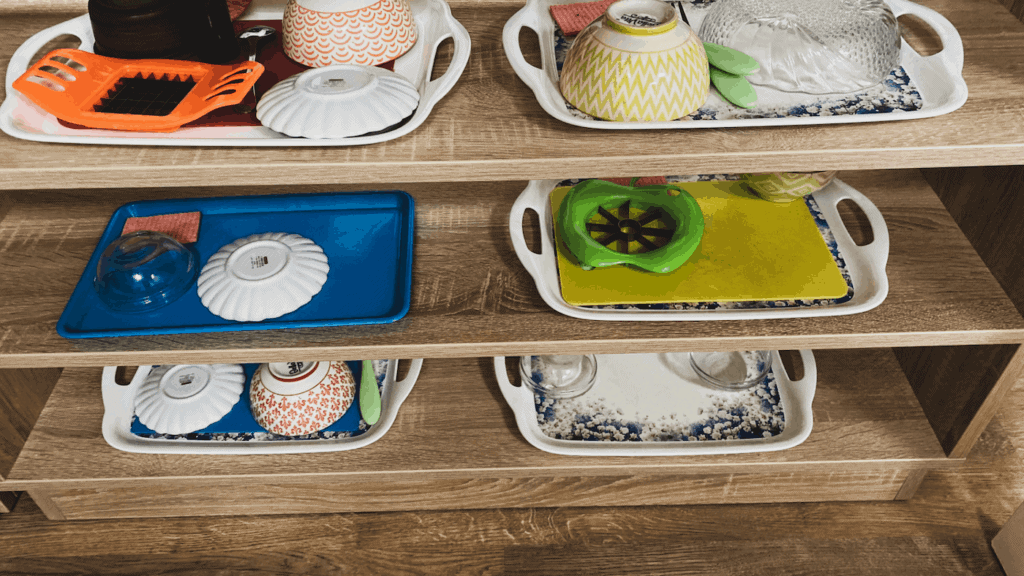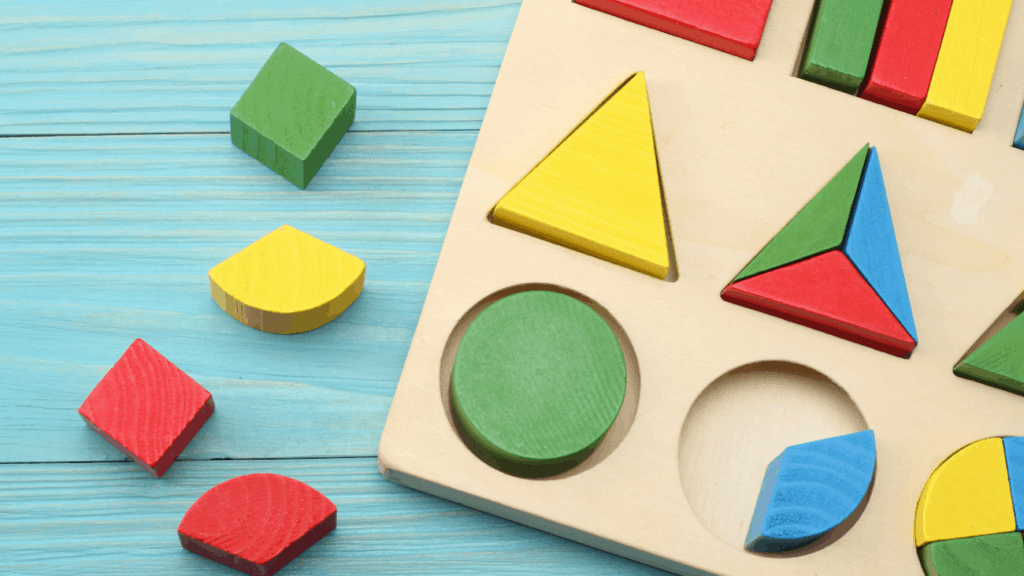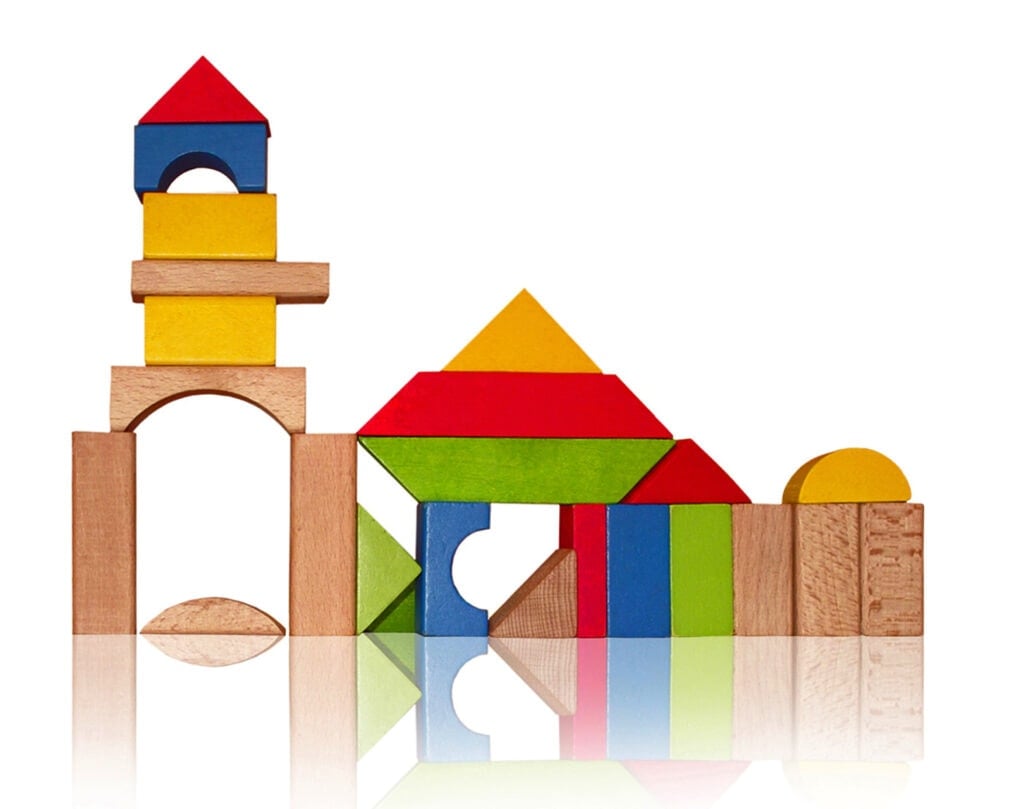The
When you look at activities, schedules, or materials you may need for a toddler’s day-to-day life, minimalistic thinking is the key. Keep things simple enough for the toddler to understand, while also providing an opportunity for decision making on their end.
While it is recommended to keep it simplistic on the toddler’s end, on your end, it needs to be detailed and well thought out. It may seem overwhelming at first, but once you get the hang of things and get into a rhythm, you will notice changes in your toddler that make you never want to go back to the old way of doing things.

A Montessori Toddler’s Daily Schedule
When planning your child’s schedule and routine for your day, it’s best to figure out where they will be spending most of their time. If they are attending a school or daycare, try and work with the school to make sure your child’s schedule isn’t being interrupted or changed too much.
Most of the time, a Montessori centered school will adjust their schedule specifically for your child to make sure it matches what you are trying to achieve at home.
Now, it is best to always allow for adjustments, especially in the beginning. You also need to allow for changes in the schedule based upon seasonal changes in your family’s normal routine. For example, summer may be busier with travel, or days off, therefore your schedule may shift, which is okay!
While your schedule can look vastly different from others, having a schedule, or routine, is the biggest focus. This allows your toddler to know how their day will go, therefore, making them feel more in control. An example of how a Montessori based home schedule could look like is:
| Time | Activities | Important Tips | |
| Waketime – 9 | Get dressed Breakfast Brush teeth Make bed | It is important that you allow your toddler to do these things independently as much as possible. Keep them involved in making food and cleaning up their dishes. | |
| 9-10:30 | Self-led creative tasks Learning time Group learning activities (library storytime, etc.) Possible errand running timeWhile you may give some direction, let your toddler choose new activities after 10 or 15 mins if he wants too! | ||
| 10:30-11:30 | Playtime Outside time | Outside time is always the best choice as weather permits. | |
| 11:30-12:30 | Lunch | Lunchtime conversations are the best. You can prepare your child for what the rest of the day looks like. Allow your child to help prepare the food, and clean up after themselves as much as possible12:30-2Rest time Naptime Quiet playtime | This depends largely on your child’s needs. If your child rests for 30 minutes and doesn’t sleep, they can play quietly for a while. If your child falls asleep, it’s recommended to let them sleep as long as they need too. |
| 2-230 | Afternoon snack | ||
| 2:30-4 | Outside time Free activity time Playtime | Independent play is the focus during this time. When most parents would be getting ready for dinner, or schools would be preparing kids for pickup. | |
| 4-5 | Cleaning up toys Helping prepare dinner Set the table Washing hands | As much of this as your toddler can do, let them, encourage them, and only correct things that are absolutely non-negotiable. | |
| 5-6 | Dinnertime Cleaning up from dinner | Dinner clean up can be a great family activity to show teamwork. | |
| 6-8 | Calm Family time Getting ready for bed Bedtime Read some books, play a board game. | Encourage your child to get themselves ready for bed without much help from you. |
If you were to send your toddler to a school, that schedule would look more like this:
| Time | Activity | Notes |
| 7-9:30 | Free play Group storytime | Depending on when parents drop their kids off or what time school starts, usually the first part of the day is free play |
| 9:30-11 | Individual or group work time | |
| 11-1 | Free play Lunch Half-day dismissal | Some schools have half-day options, this allows for outside structure, while also being home for part of the day |
| 1-3 | Rest time Naptime Quiet play | Everyone is usually required to rest for at least 30 minutes. Those who need to sleep can sleep for as long as they need too. |
| 3-4 | Group activities Group work time Cleaning up toys | Group activities are prioritized highly as it helps instill teamwork and encouraging others |
| 4-6 | Free play Dismissal | Kids go home for the day with their families and continue on a similar-minded but different schedule. |
No matter which option you choose, even if you choose a combination of both, you are doing the best for your child. Most schools and
(Source: Creative Montessori, Pointe Claire, Green Spring)
Why are Schedules and Routines Important for My Toddler?
When you have a consistent schedule or routine that your toddler can follow, it helps build such a foundation in several parts of their life.
Learning to Handle Their Emotions
When you regularly stick to your routine, your toddler will be able to expect certain parts of their day. This helps them learn to prepare for the parts of the day they may not like as much as others, and help them learn to express this calmly or more calmly than if it was sprung upon them.
When you have a big change in routine, it’s best to tell your toddler a few days ahead of time and continue to remind them of the change coming. This allows them to prepare for the change and respond to it with some sense of control over their emotional state.
If you think about it, even adults respond better to change when we are made aware of it before it happens, so we could respect kids enough to give them the same.
Time-Management
As adults, when we know something is happening later, we use our time more efficiently to complete intentional tasks or make sure we are on time for something. A toddler will be able to learn the same things if we give them the right opportunities and tools to learn from.
If your child knows they have to make their bed, get dressed, and brush their hair before 9 am breakfast, chances are, they will learn to be on time for breakfast eventually.
However, if you present the idea that being late for breakfast meant less free playtime so you could get back on schedule, they may learn to manage their time better to make sure they aren’t late for breakfast. While you may have to do slightly different things for your specific toddler, chances are, you can find a way to explain it where your toddler will understand and learn effective time-management.
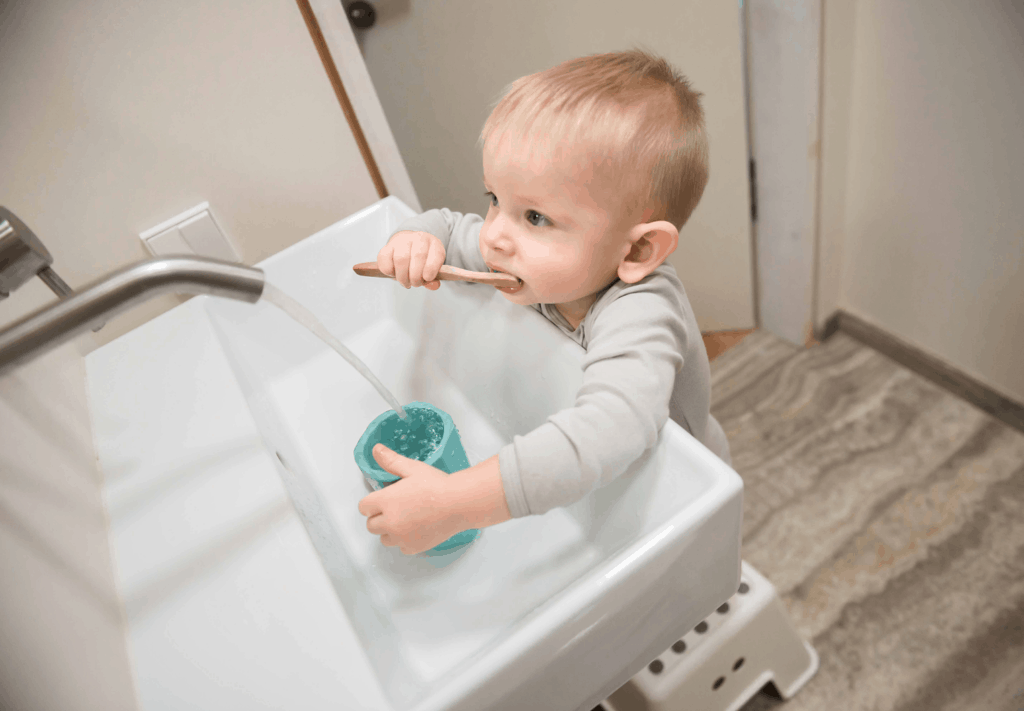
Preparedness
When your toddler knows they are supposed to have outside time and it is raining that day, you are going to be able to have the conversation about them not being able to go outside.
Eventually, they will learn to predict and prepare for the possibility of not having outside time. Being prepared for changes is a huge step towards emotional maturity, especially when they don’t act out because of it.
This also applies when you are doing intentional work during the day. If your child knows that after breakfast, you always sit down and go over colors, or numbers, then they will be more ready and chances are, the time spent will be more effective because they know what is coming. If you were to spring it on them randomly, they won’t know how to concentrate long enough or focus on the work you are trying to do. They will simply not understand why the task was just suddenly given to them.
Patience
Having a routine and schedule also helps when your toddler wants to do something that day. If they want to play with blocks, or water outside, then you will be able to tell them “after nap time, we will go outside”. This helps toddlers so much more than saying something like “we can play with water later”, or “we will see”.
Leaving an open-ended response to a question makes it very difficult for toddlers to be patient. However, if you give them a direct answer, even if that answer is no, they learn how to be patient, and cope with the fact that it isn’t an answer they want.
(Source: Bergamo Schools, Green Spring)
Montessori Activities for Your Toddler
When planning your day for your toddler, it is best if you set-up some of the activities you will let your child choose from ahead of time. Having activities readily available allows for self-led learning to happen, which is a huge step in independent play and self-discovery.
Activities That are Chore Related
Some activities to include your toddler in are daily things you would be doing anyway. These will help complete tasks, and your toddler will be able to see the benefit of doing these activities. You can also set up stations at home that mimic these activities, the materials are included for those stations.
| Activity | What Does it Teach? | Materials Needed |
| Spreading Stuff on bread, crackers, bagels, etc.* | Motor skills Helps them see themselves as part of the team | Crackers, bread, bagels, etc. Kid-safe knife Butter, spreadable cheese, hummus, etc. |
| Hand washing | Self-care, proper hygiene | Soapy water Bucket or sink Timer, or song to sing for proper handwashing time Towel |
| Squeezing oranges for juice | How to make orange juice Helps them feel like part of the team preparing for a meal | Oranges, cut Cup or pitcher Strainer for pulp |
| Washing Dishes* | Makes them a team player, collectively helping clean up from a meal. Toddlers feel independent and needed | Sink or large tub Dishes, toddler appropriate materials Washcloth or sponge Soapy water |
| Mopping the Floor | Toddlers will most likely look at this as a fun activity Teaches them responsibility Gives them the ability to clean up messes they make, on their own | Bucket of soapy water Cloth, sponge, or mop head |
| Wiping the Table | Responsibility Makes them feel like a team-player | Cloth, damp Table |
| Loading the Dishwasher* | Can be a “game” if you try to find all the places that dishes fit They can start cleaning up their meals more independently | Dishes, toddler appropriate materials Dirty dishwasher |
| Making The Bed | Teaches them how to pick up their room Motor skills and concentration | Bed with unmade sheets |
| Help Making Meals | Teaches them how much work gets put into things Shows what can happen by working as a team | While you can’t make a meal “station” you can make tasks stations. Corn-husking Breaking Snap Peas Mixing together dough |
*When choosing these activities, it is important that knives or sharp objects are something you help your toddler with or remove from their reach.
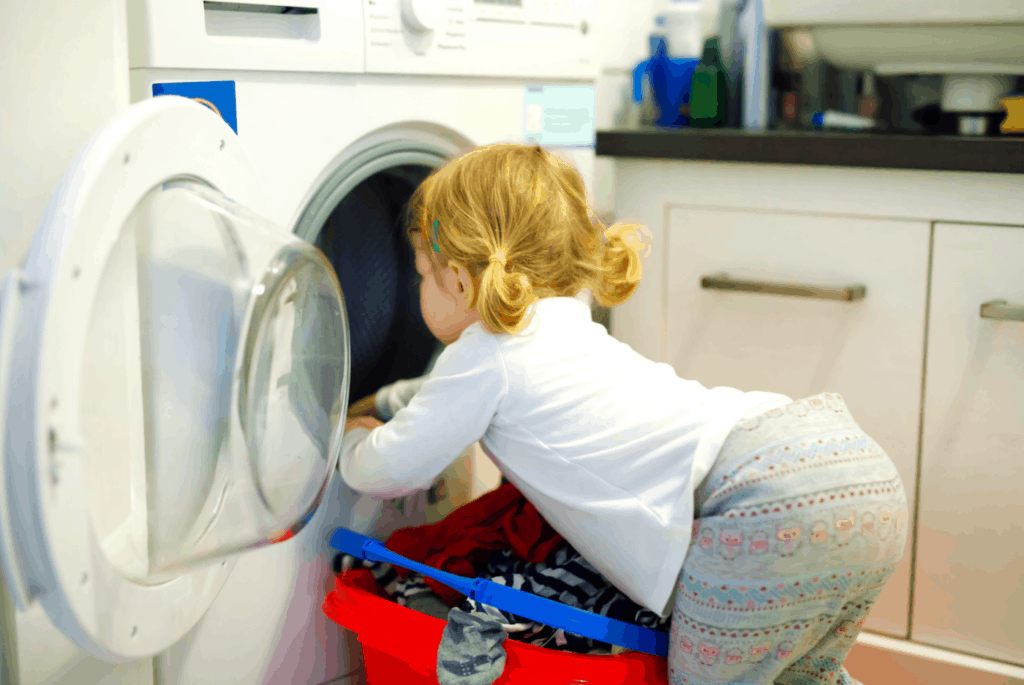
Activities that Teach Life-skills
These are activities that give your child confidence when going through their day. Making a point to walk through these activities with them regularly, making sure to point out needed changes as well as what they are doing well allows for them to fix problems and eventually do these activities by themselves.
As your child ages, they will be able to ask for larger tasks and complete them with confidence due to earlier intentionality with these tasks.
| Activity | What Does it Teach? | Materials Needed |
| Self-care | Independence | Hairbrush Toothbrush and toothpaste Face cloth Wipes for after going to the bathroom |
| Getting Dressed | Independence Gives them some control over what they want to wear | 2-3 different outfit options Easy to button shirts or pants Slide on pants or shirt Shoes, Socks, Accessories |
| Locking, unlocking certain clasps | Motor skills | You can make or buy a board with several different types of locks or clasps on it to give your toddler some intentional motor skill time Montessori Busy Board |
| Folding Towels | Not too hard to fold, gives them a sense of completion Motor skills | Basket of unfolded towels |
| Matching Games | Helps with memory Helps with learning to differentiate between different and same | Buy or make a matching game Start very simple, work your way up to a higher amount of matches |
Sensory Play Activities
Sensory play activities allow your child to be introduced to a wide variety of new materials and textures. This helps grow their ability to interact with their senses and describe things using their own words. Many sensory activities can be done with very simple household items and should not be something that is focused on longer than the child is interested in.
| Activity | Materials Needed | How do you do it? |
| Smelling Bottles | Plastic or glass bottles with lids Items with strong scents in each bottle Flowers, spices, perfume, oils, soaps, candle wax, etc. | Have your toddler take of one lid at a time and sniff Ask them to describe the smell to you See if they can guess what they are smelling |
| Different materials of rattles | Rattles made with different materials Metal, wood, plastic, etc. | Try to help your toddler describe the difference in sounds |
| Touching Board | A wooden board with different materials glued or nailed to it | Help your toddler realize the differences between different textures |
| Sensory box | Boxes with rice, water beads or kinetic sand Different toys to hide under the materials | Let your toddler discover the hidden toys as he plays and digs through the materials |
Educational Activities
When children are younger, it is recommended to do the play-to-learn method rather than expecting them to just sit down and learn things. There is a large variety of puzzles, toys, and games that were made specifically for this method that help toddlers learn.
The great thing about this method is, it activates the part of your toddler’s brain that is involved in learning, so they absorb so much information, however, they believe they are just playing with a toy, so they don’t get discouraged easily.
| Activity | What it Teaches | Materials Needed |
| ABC Puzzle | Identifying shapes Learning ABCs in a fun way Some puzzles allow you to learn words with each letter | ABC Puzzle |
| Pattern Necklaces | Teaches Patterns Motor Skills | Lacing Bead Set |
| Sorting Games | Can teach a large range of things depending on what you buy | Sorting Toy |
(Source: The Montessori Notebook, Motherly)
Montessori Toddler Room Set-up
A large part of the Montessori Method is how your toddler’s room is set-up. Their room should foster independence and exploration while being the safest place in the house for them to be. The idea is that the room should be set-up from your child’s perspective and should highly represent functionality and minimalism.
When setting up your toddler’s room, you want to maintain a clear difference between the bed area and the play area. Having the bed on the floor means your child has more say-so about their bedtime and minimizing toys near their bed helps them go to sleep easier.
You also want a sharp contrast in colors without too many different colors. A black and white color scheme is great to center your toddler’s room around. When choosing this color scheme, you have a sharp contrast that helps with sensory play, while also being able to introduce other colors without them being too overwhelming to your child.
When it comes to the toys, wall hangings, books, and other items, everything needs to be as accessible as it safely can be. Children are natural explorers, therefore, if they can find a way to get to something, they will.
Hanging wall hangings low enough for them to touch and keeping the toys in plain sight instead of behind doors or cabinets heightens their ability to explore confidently while reducing the risk for injuries.
Doing this requires specific furniture or items. An example of some items you could use in a toddler’s bedroom are:
| Item | Price Range | Links to Purchase |
| Montessori Style Bed | $100-$220 | House Bed Frame |
| Table and chairs | $120-150 | Melissa and Doug toddler size |
| Bookcase | $100-$140 | Single-sided bookcase |
| Clothing Storage | $100-$160 | Wardrobe Rack |
(Source: Monti Kids)
For more
Montessori Style Parenting
Since the
Don’t make Assumptions or Jump to Conclusions
Your child is learning at such a fast rate that sometimes, they won’t even know why they reacted certain ways or did certain things. When you have to correct an action, meet your child halfway with the understanding that they probably didn’t do anything intentionally, that it was a knee-jerk reaction due to their emotional immaturity.
Include Them in Daily Plans and Routines
Children like to feel helpful. When you don’t let them help with daily tasks, not only do they not learn how to do it themselves, but they also don’t believe they are capable of doing it either. When your child is involved in routines, they feel more in control of their day, therefore more in control of their emotions.
When Planning, Look at it From Their Point of View
When you plan a late-night activity, or an early morning adventure, looking at that from your child’s perspective, that is a lot of expectation for them to meet. When they stay up late and try to engage in the activity you have planned, they are overwhelmed and tired, therefore creating an emotional issue that they don’t know how to control. When planning, try, and stick to times where they are better able to manage their emotions.
Guide Them
Instead of being their boss and saying things like “let me do it”, or “I’ll do it for you”, tell them how to do it. When you provide the next step verbally, you allow them to learn without you taking over. This encourages them and allows them to feel accomplished about completing a task.
Organize Your Home
When your home is organized, your toddler feels more capable of putting things where they belong and cleaning up on their own. However, if your home is regularly switched around, or disorganized, your toddler may feel as if they don’t know where everything goes well enough to clean up on their own. This can cause major frustration and confidence issues in that area. Starting your toddler off with the expectation of keeping things organized and tidy will instill that in them, making for a child who prefers things tidy and clean throughout their life.

Be in Control of Yourself
Children often do what they see, not what they hear. This is true on more levels than just how you speak or what you eat, children also watch our reactions to things, both positive and negative, and mimic us.
Watching adults around them react to their stimulus is how toddlers learn what proper reactions are. Managing your stress and keeping your patience level high is a great way to help your toddler to understand that outbursts, whining, and yelling are not positive ways to handle issues.
Being in control of yourself also allows for more opportunities for your toddler to do things themselves. It is in adult’s nature to take over and do something to get it done quicker, however, all that does is discourage a toddler from being independent and learning to do it himself. Stepping away and allowing mistakes to be made is the best way for your toddler to learn.
(Source: Motherly, Daily Montessori)
All Things Montessori
The
While you may have a whole to-do list, giving your toddler one part of the day at a time, or one task at a time rather than a list of things will help them to focus and complete things without becoming frustrated. Minimalism and functionality are the keys to the
For more information on our favorite toy ideas for toddlers, click here.
Related: Does Montessori work for every child?
